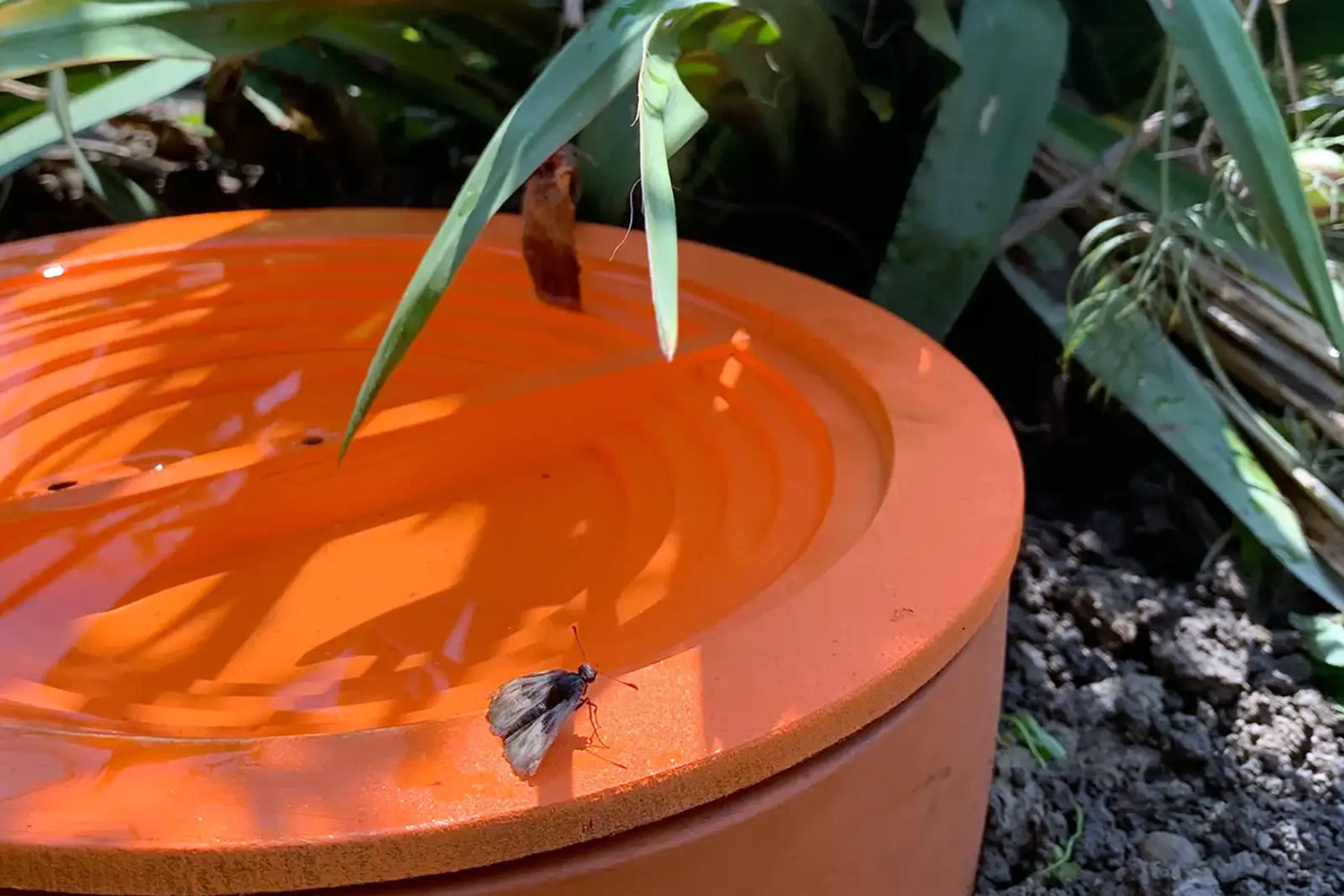How does an insect hotel work?
Insect hotels provide shelter and nesting opportunities for various insect species. Our insect hotel is made of natural clay, which contains numerous holes. These serve primarily as breeding grounds and winter quarters for wild bees, ladybirds and butterflies. Fill the insect hotel with a variety of materials to attract different species and thus support biodiversity. By encouraging pollinator populations, insect hotels contribute significantly to the health of plants and gardens. They provide necessary habitats for insects, whose natural habitats are becoming increasingly scarce, and thus make an important contribution to environmental protection.

